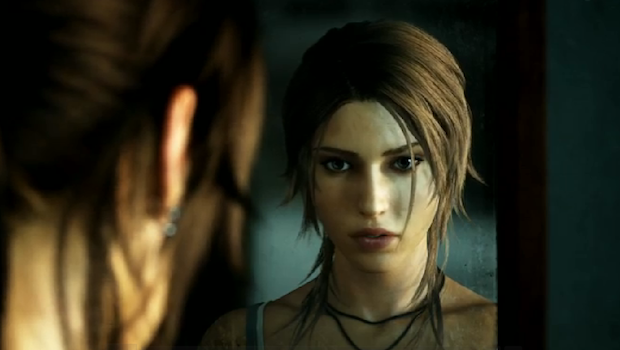Tomb Raider writer wants to reunite action and character
Rhianna Pratchett say every part of a game is its story

The tools games can use to tell stories have come a long way, but narrative remains bound to scriptedcut-scenesfor many. Rhianna Pratchett, cinematic writer on the Tomb Raider reboot, sees knocking down that wall as one of her most important tasks.
Ludonarrative dissonance is the ten-dollar term for it, but it just means the way a game plays and the story it tries to tell don't line up--one example would be charismatic rogue Nathan Drake making lighthearted quips between snapping necks in Uncharted 2: Among Thieves.
"One of the things we've been keen to do with Tomb Raider is explore the idea that action equals character," Pratchett told Gamasutra, and that's unfortunately less common in games than other media. "The key is making the action part of the story and not something that exists outside of it. With Lara we wanted to show that her actions (particularly when she takes a human life for the first time) have an impact on her character and emotional state."
While Pratchett's main role at Crystal Dynamics is to write the game's cut-scenes, she said her responsibilities extend far beyond that. After all, "it's all story, at the end of the day."
"Narrative actually saturates every facet of a game world -- be it the level design, the gameplay mechanics, the characters, soundscape, etcetera. From a narrative perspective, I wanted to make sure that the gameplay mechanics fed back into Lara's character make-up ... Looking at gameplay mechanics is often a good jumping-off point when putting together someone like Lara."
Weekly digests, tales from the communities you love, and more
I got a BA in journalism from Central Michigan University - though the best education I received there was from CM Life, its student-run newspaper. Long before that, I started pursuing my degree in video games by bugging my older brother to let me play Zelda on the Super Nintendo. I've previously been a news intern for GameSpot, a news writer for CVG, and now I'm a staff writer here at GamesRadar.



